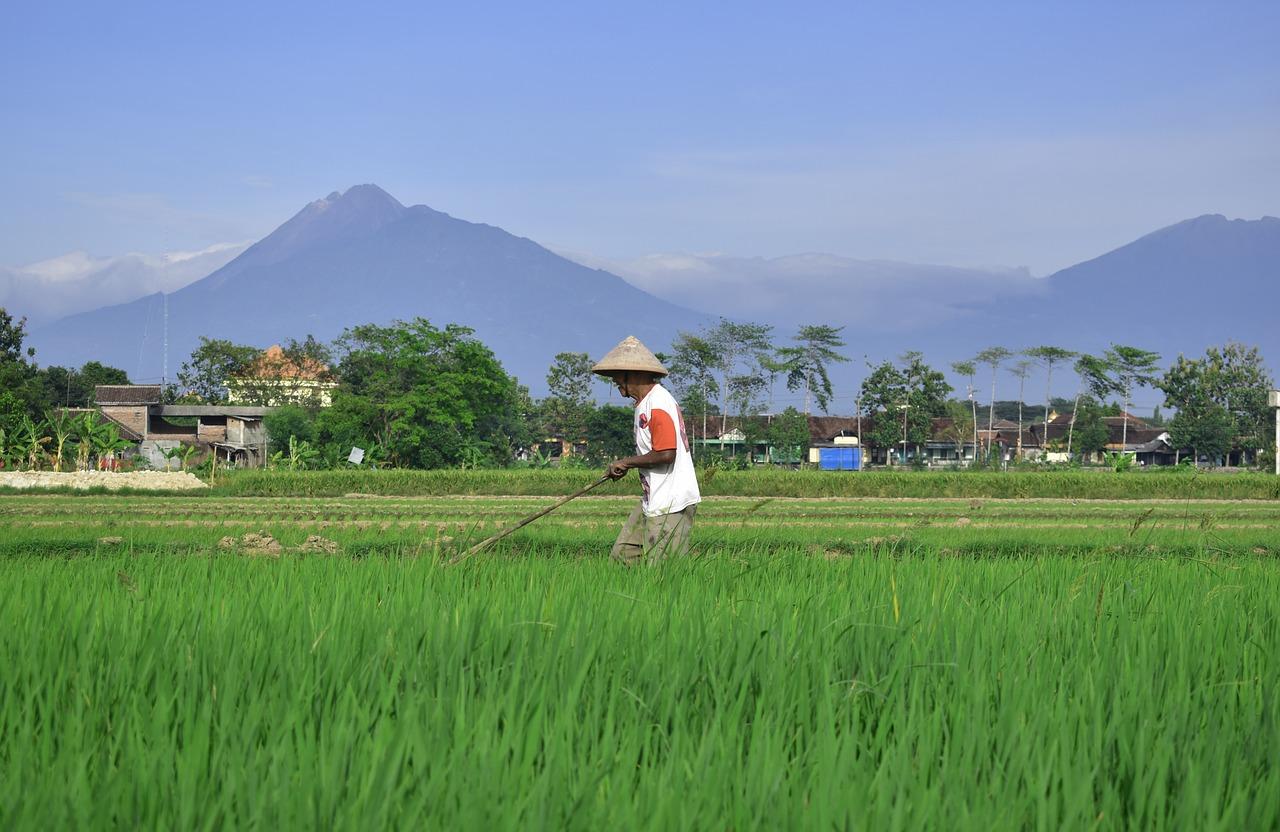
The global food industry begins 2019 with increased pressure to make sustainability a key ingredient in feeding an estimated 9.8 billion people by 2050.
One of the top trends in 2019 and beyond for global food innovation is what the market intelligence agency Mintel calls “evergreen consumption.” From farm to retailer to fork to bin and ideally, to rebirth as a new plant, ingredient, product or package, the industry is moving towards circularity as the new sustainability, according to Mintel.
This is exactly the approach the private sector must adopt to secure a sustainable food supply, according to Richard Waite, co-author of a recent synthesis report from the World Resources Institute, the World Resources Report: Creating a Sustainable Food Future.
Sustainably feeding nearly 10 billion people by 2050 is possible, he says, but it will require significant innovation and investment by the public and private sector.
A five-course menu
The report offers a five-course menu of solutions for feeding the planet without increasing emissions, fueling deforestation or exacerbating poverty. At the top of the menu is reducing growth in demand for food and other agricultural products. Add to that the need to raise food production without expanding agricultural land. The menu also includes protecting and restoring natural ecosystems, limiting agricultural land-shifting; boosting the health of fisheries and reducing greenhouse gas (GHG) emissions from agricultural production.“Private industry has role to play across the whole menu and they are already playing a substantial role,” Waite, an associate with WRI’s Food Program, told TriplePundit. “Companies are innovating ways to shift consumers to more sustainable diets, reduce food and waste and accelerate agricultural productivity. But we need to do all of this at a much faster rate than we did in the Green Revolution.”
Overall food demand is on course to increase by more than 50 percent, and demand for animal-based foods by nearly 70 percent, according to the WRI report. Yet today, hundreds of millions of people remain hungry, agriculture already uses almost half of the world’s vegetated land, and agriculture and related land-use change generate one-quarter of annual GHG emissions.
Closing the gaps
Meeting the demand for food requires closing three massive “gaps” by 2050, the report notes:- The food gap: 56 percent more crop calories have to be produced than in 2010.
- The land gap: 593 million hectares of additional agriculture land are needed, an area nearly twice the size of India.
- The GHG mitigation gap: holding global warming below a 1.5°C increase would require meeting a 4 gigatons target representing agriculture’s proportional contribution to GHG emissions, plus reforesting hundreds of millions of hectares of liberated agricultural land.
Shifting diets to less meat
Consumption of animal-based foods is projected to rise 68 percent between 2010 and 2050, with an 88 percent increase in consumption of ruminant meat (meat from cattle, sheep and goats). These trends are a major driver of all three gaps, according to Waite.“For every food calorie generated, animal-based foods—and ruminant meats in particular—require many times more feed and land inputs, and emit far more greenhouse gases, than plant-based foods,” Waite says.
The shift away from meat-based diets is a particularly prevalent trend among Millennials, as TriplePundit recently reported, with 40 percent of Millennials embracing plant-based diets.
Food producers are paying attention. United Kingdom retailers Sainsbury and Tesco are stocking more meat alternative products to meet the demand of the U.K.’s estimated 22 million “flexitarians” who want to reduce their meat consumption. The global food services company Sodexo introduced last year The Natural, a beef-mushroom blend aimed at meeting increasing consumer demand for sustainable foods with a lighter footprint.
Sodexo, Sainsbury, Google and Hilton Worldwide are among the members of WRI’s Better Buying Lab, an initiative to research and scale cutting-edge strategies that enable consumers to choose more sustainable foods, focusing first on plant-based foods.
Reducing food waste
Another key action for both governments and companies, according to Waite, is to set food loss and waste reduction targets aligned with one of the United Nations Sustainable Development Goals (SDGs) target 12.3, which calls for reducing food loss and waste by 50 percent by 2030.The Consumer Goods Forum has taken up this call, with a commitment to halve food waste within the operations of its members by 2025 and to support the wider SDGs on the issue.
Reducing food loss and waste by 25 percent globally would reduce the food calorie gap by 12 percent, the land use gap by 27 percent and the GHG mitigation gap by 15 percent, according to the WRI report.
“Companies are recognizing that they can gross sales, reduce costs and address sustainable food challenges all at once by adopting new practices,” Waite told TriplePundit.
Image credit: Sunawang/Pixabay

Based in Florida, Amy has covered sustainability for over 25 years, including for TriplePundit, Reuters Sustainable Business and Ethical Corporation Magazine. She also writes sustainability reports and thought leadership for companies. She is the ghostwriter for Sustainability Leadership: A Swedish Approach to Transforming Your Company, Industry and the World. Connect with Amy on LinkedIn and her Substack newsletter focused on gray divorce, caregiving and other cultural topics.














